How to Teach Number Sense: A Fun and Engaging Guide from Numbers 1 to 120
Welcome to the wonderful world of number sense! Whether you're a teacher navigating the bustling classroom or a parent on a mission to make math fun at home, this guide will be your trusty sidekick. We're diving into the magical realm of numbers 1-120, covering everything from number recognition to place value, and even throwing in some playful activities. Grab your pencils, your creativity, and maybe a cup of coffee—it's time to make numbers a whole lot more exciting!
Why Number Sense Matters First things first: why is number sense so important? Number sense is the foundation of all future math skills. It's the ability to understand, relate, and connect numbers. Kids with strong number sense can easily recognize numbers, count them, and understand their value and relationships. This skill is crucial for tackling more complex math problems down the road.
Standards Included:
- CCSS.Math.Content.K.CC.A.3
- CCSS.Math.Content.K.CC.B.4
- CCSS.Math.Content.K.CC.A.2
- CCSS.Math.Content.K.CC.B.5
Number Sense Activities Must Haves
1. Number Recognition, Counting, and Ordering Start with the basics. Kids need to recognize numbers, count them, and understand their order.
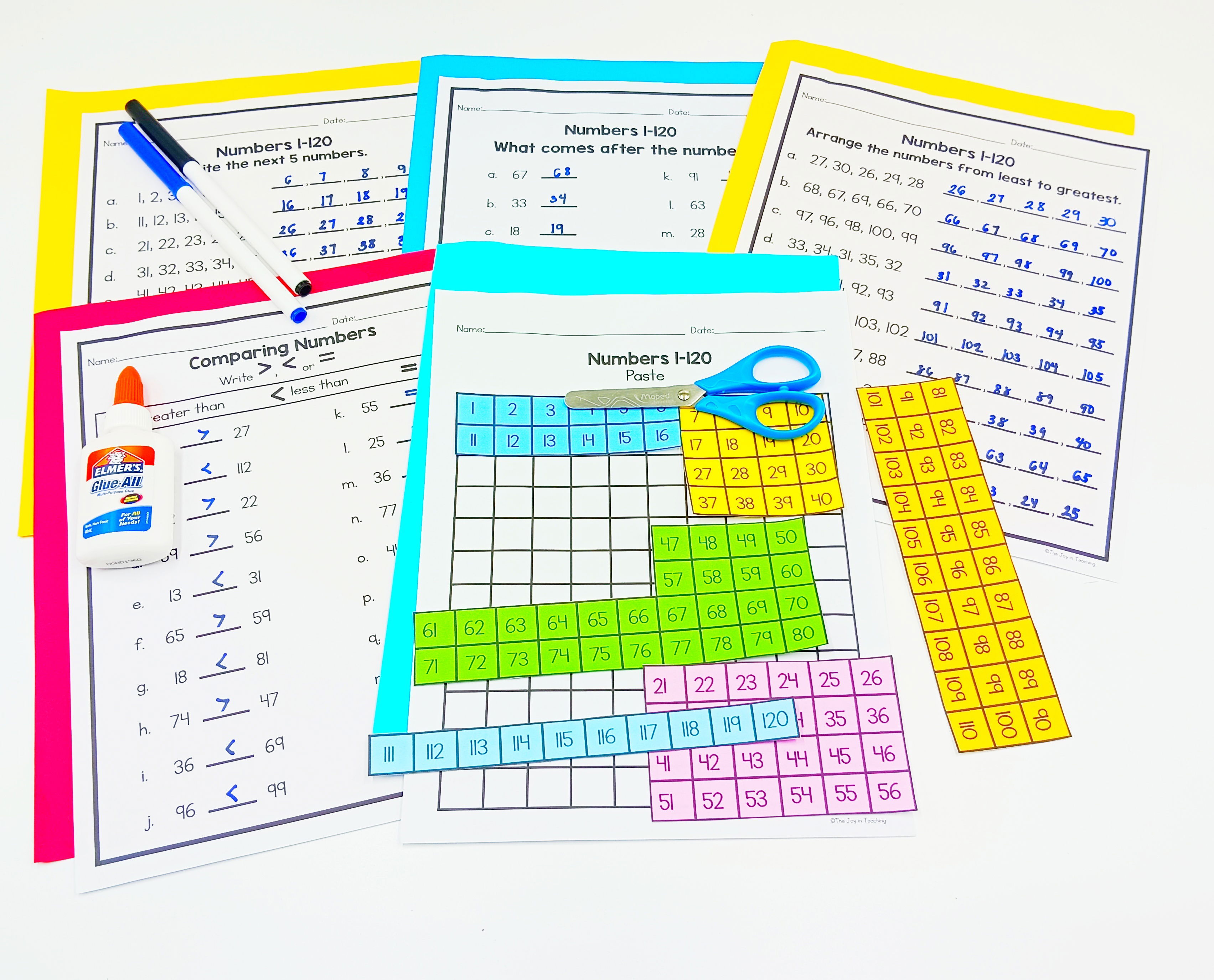
Here's how we can make this fun:
a. Number Charts Kick things off with a Number Chart. This chart displays numerals, words, and quantities, helping kids make connections between numbers and their representations.
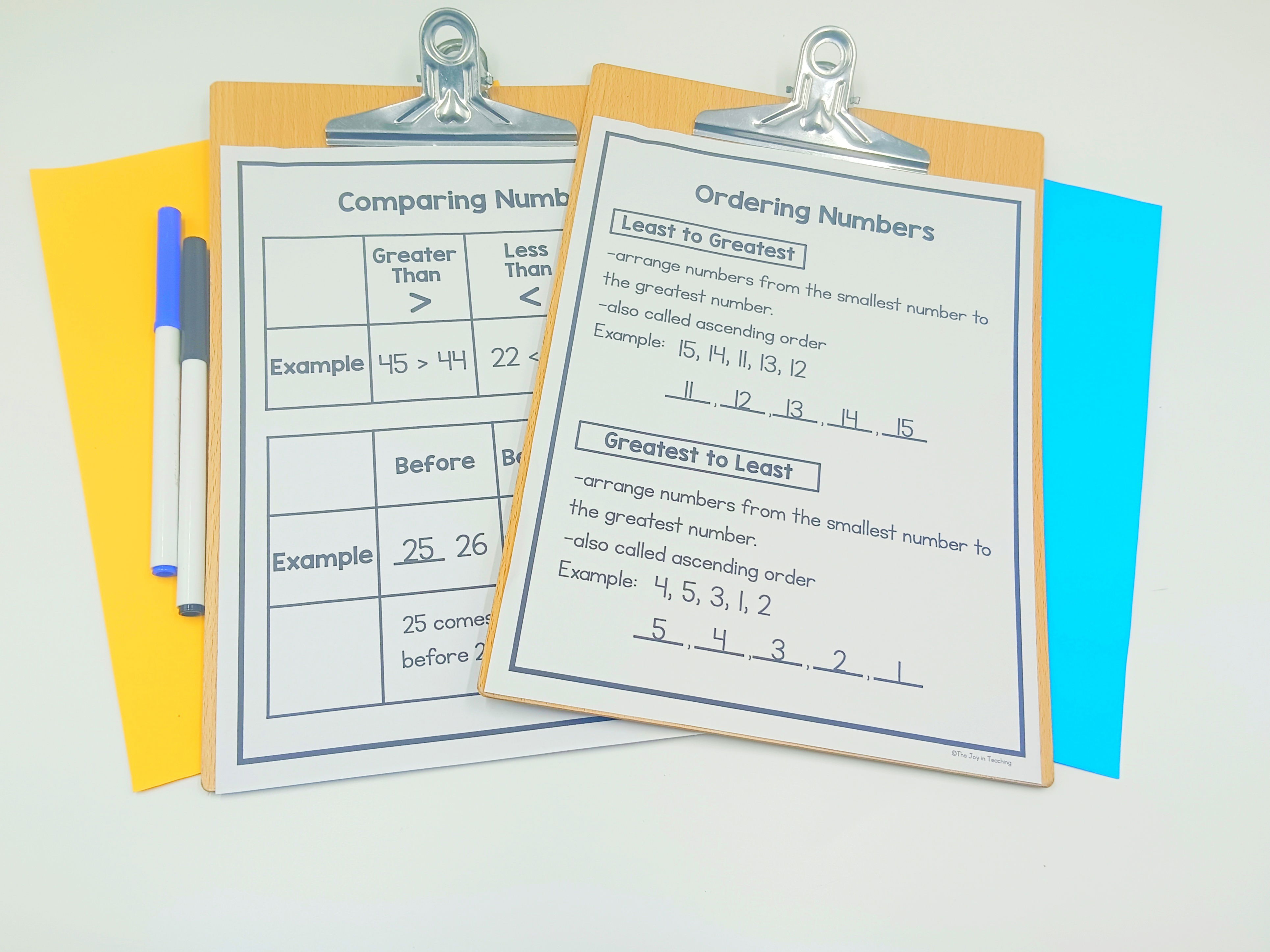
b. Worksheets for Practice Print out worksheets for Number Recognition, Number Between, Number Before, and Number After. These sheets help kids identify and place numbers in the correct sequence. For a bit of fun, try the "Next 5 Numbers" and "Least to Greatest, Greatest to Least" activities.
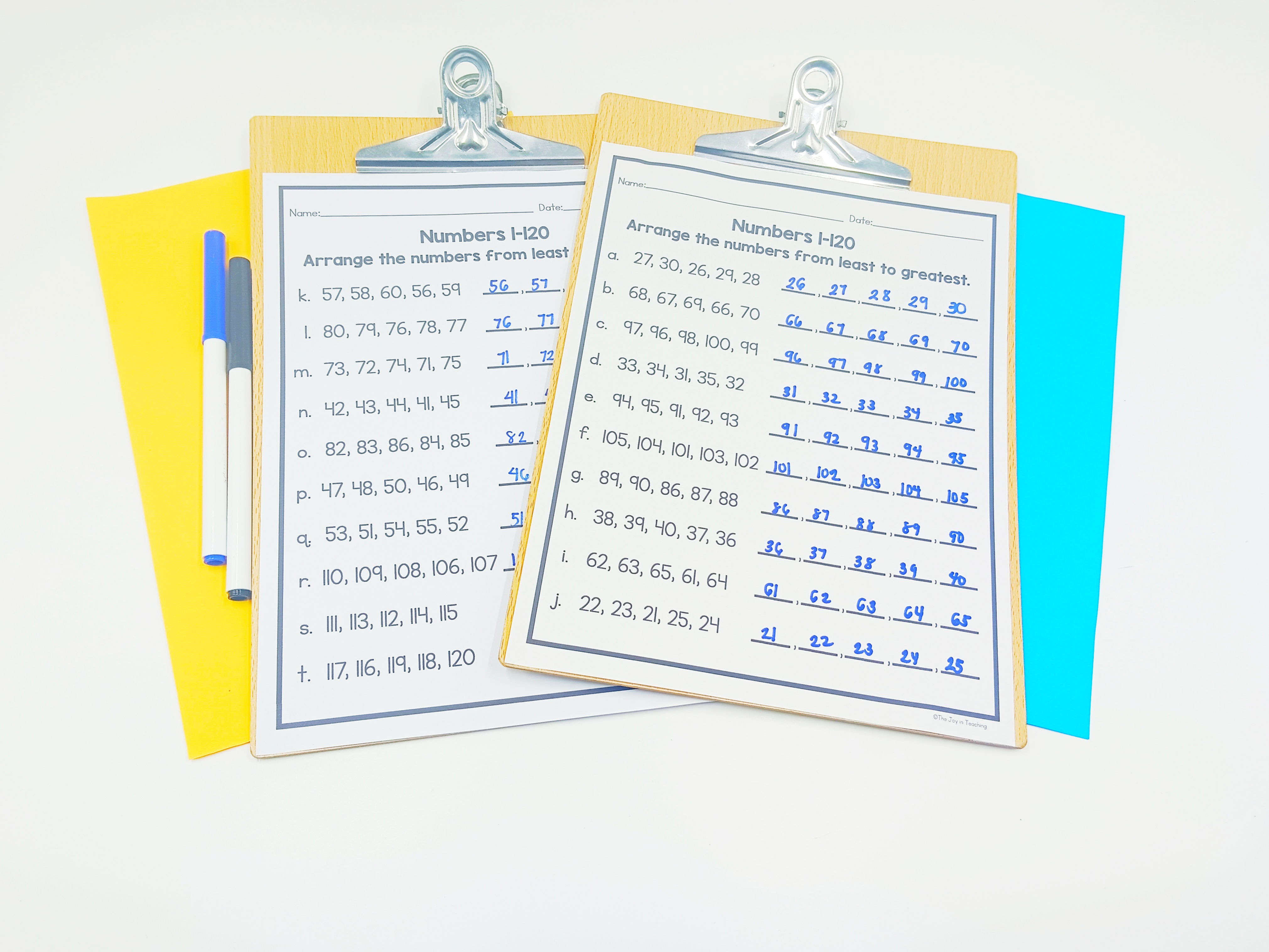
c. Interactive Activities
- Counting Activities: Use everyday objects like buttons or blocks. Ask your kids to count them and write down the corresponding numeral.
- Number Words Spelling: Have your child spell out the number words (like "one," "two," etc.). This reinforces their recognition and spelling skills.
- "How Many Objects" Game: Show them a picture with several objects and ask, "How many objects are in the image?" This ties in counting with visual recognition.
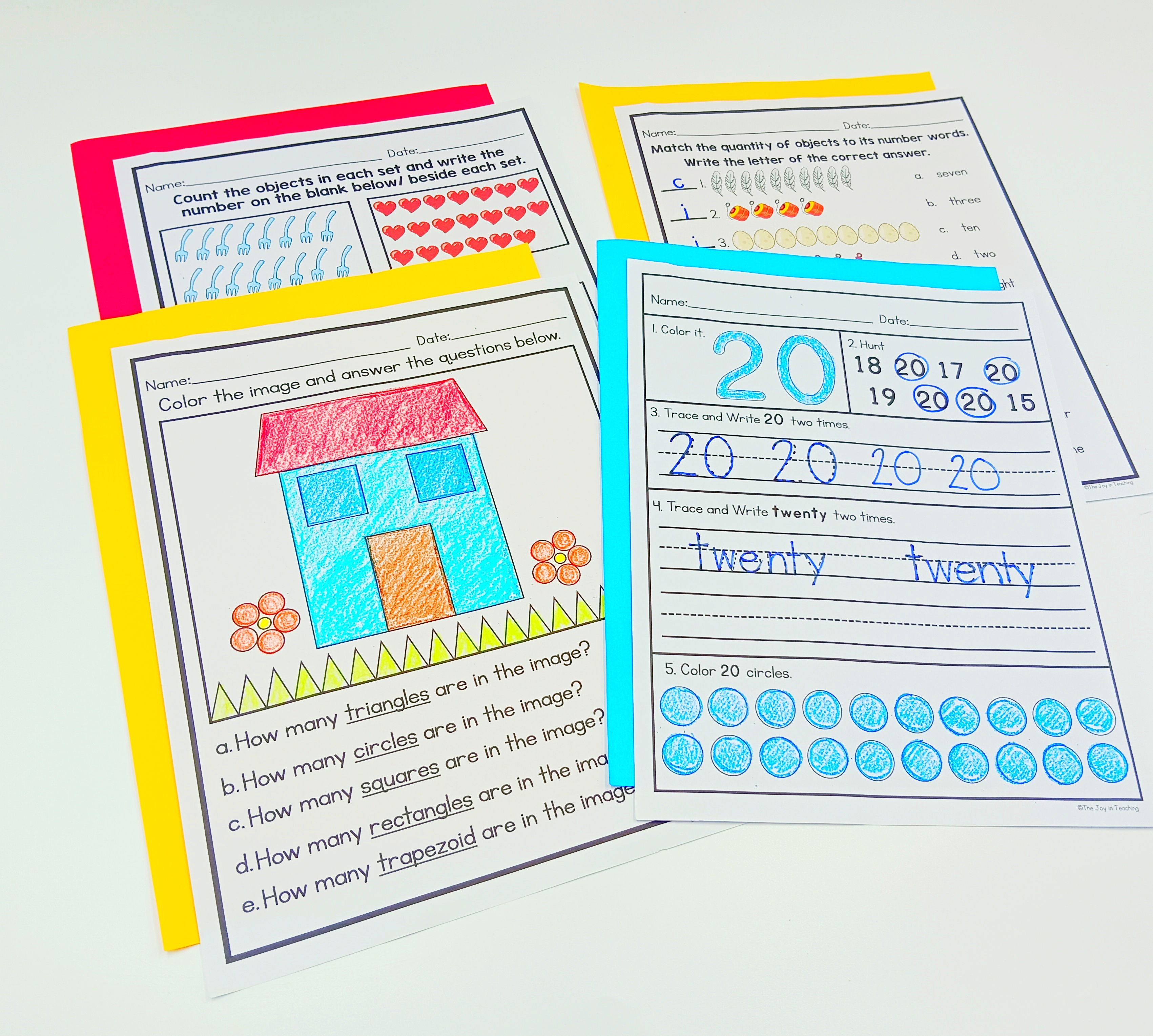
2. Place Value Place value is the next big step. Understanding ones, tens, and hundreds is essential for kids to grasp larger numbers.
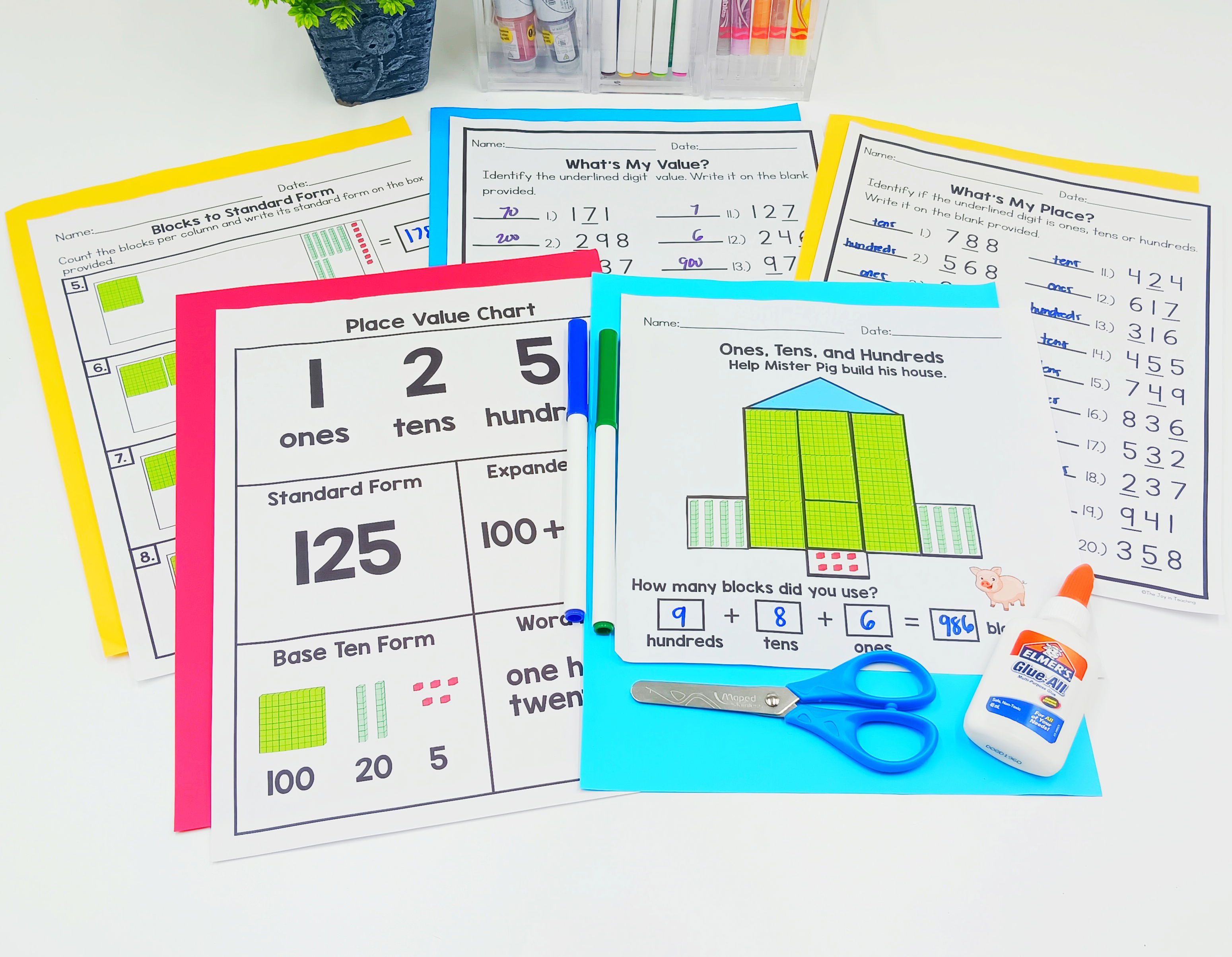
a. Identifying Place Value - Identifying the number through blocks. Identifying its value and as well as its place.
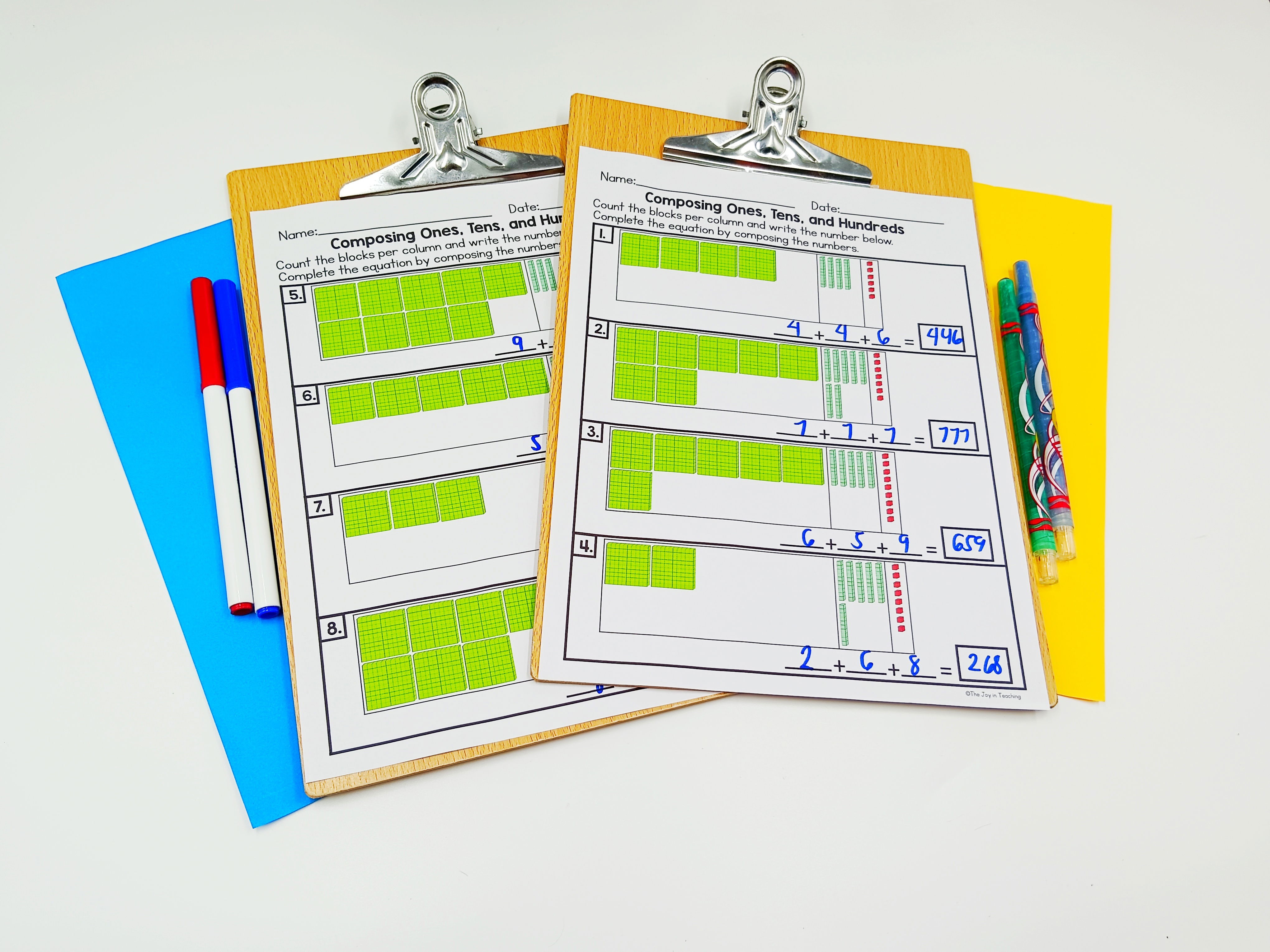
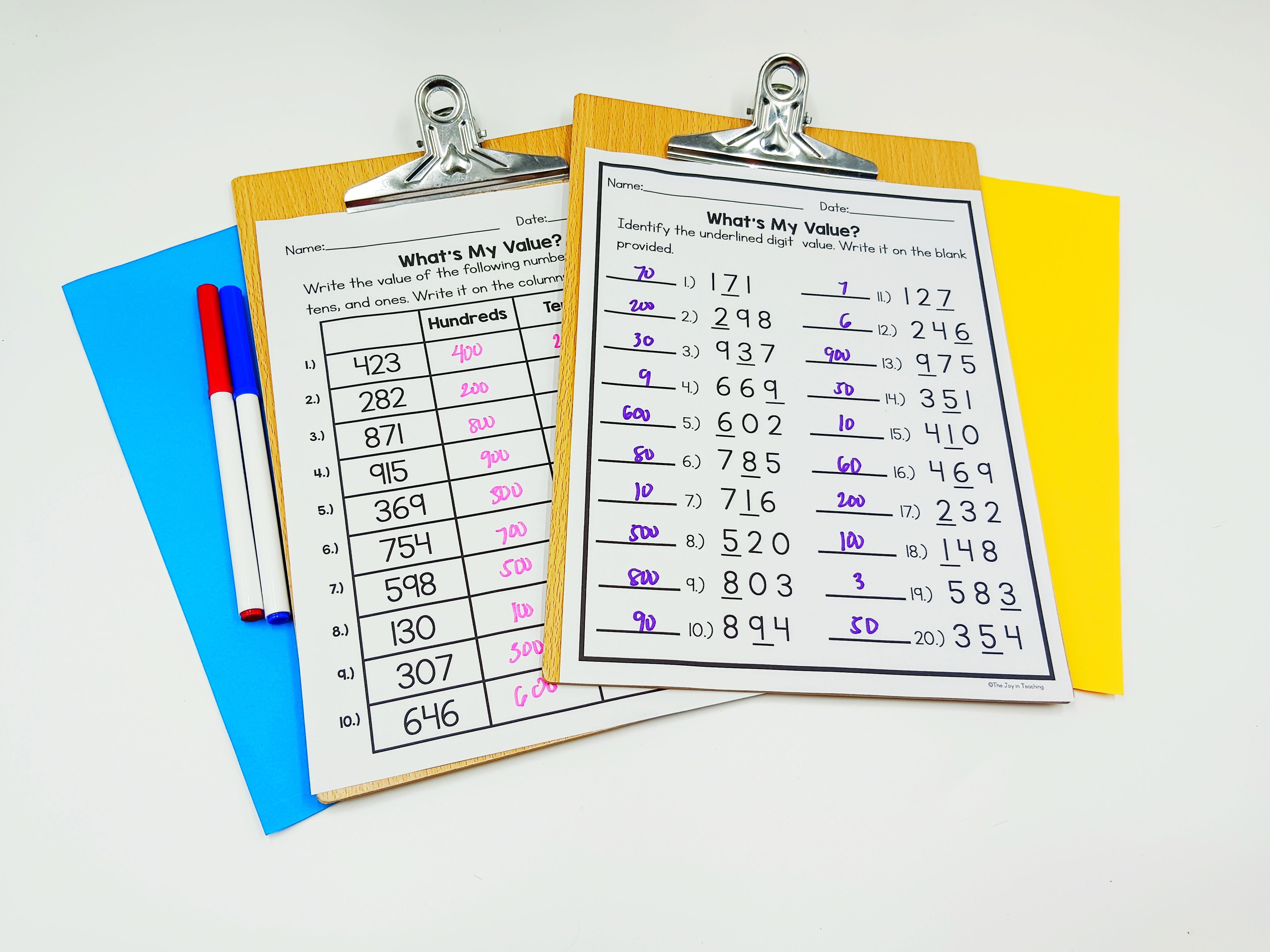

b. Color the Blocks Kids can color blocks representing ones, tens, and hundreds. It's a visual and hands-on way to understand place value.
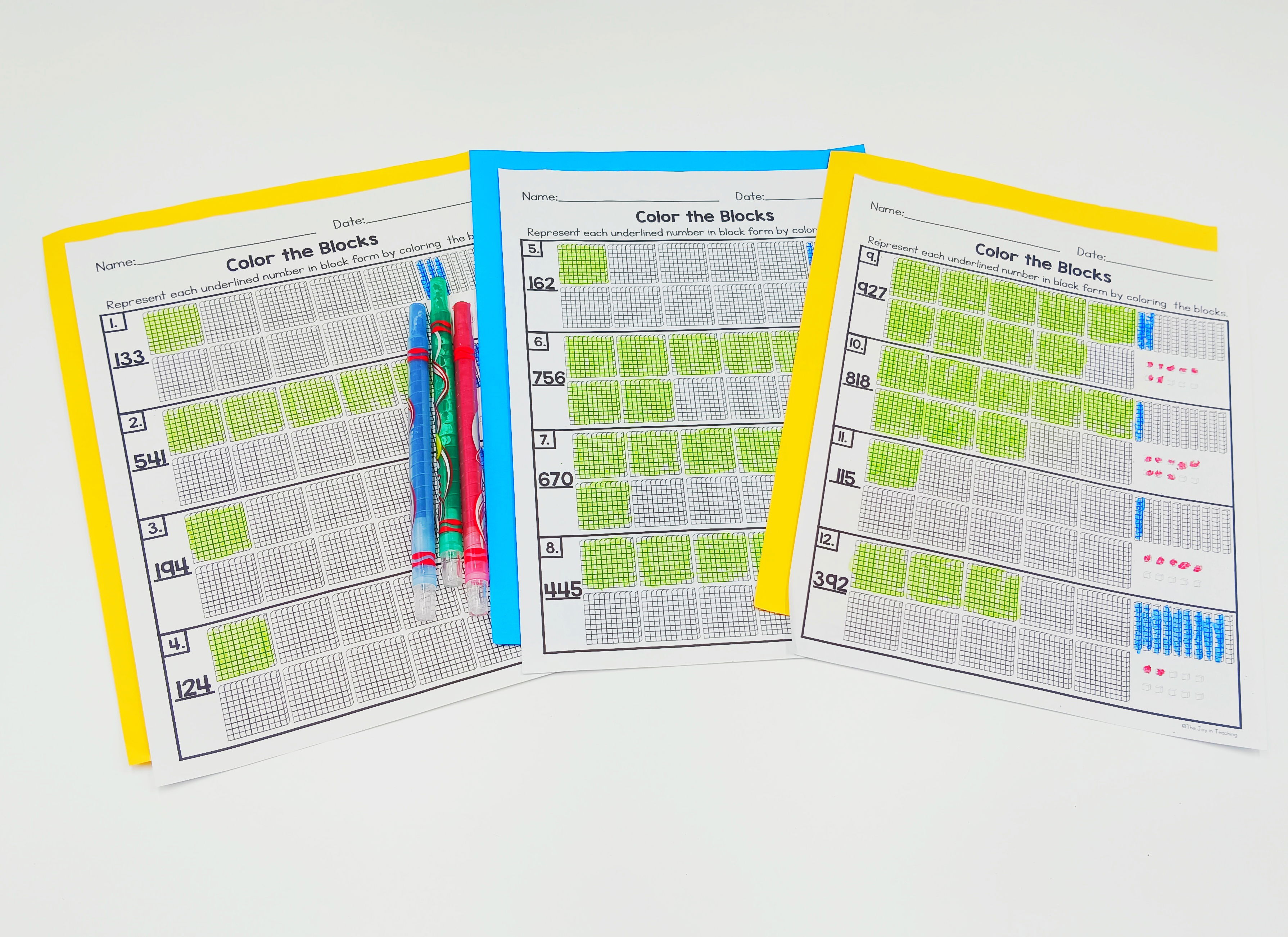
b. Craft Activities Create craft projects where kids build numbers using paper blocks.
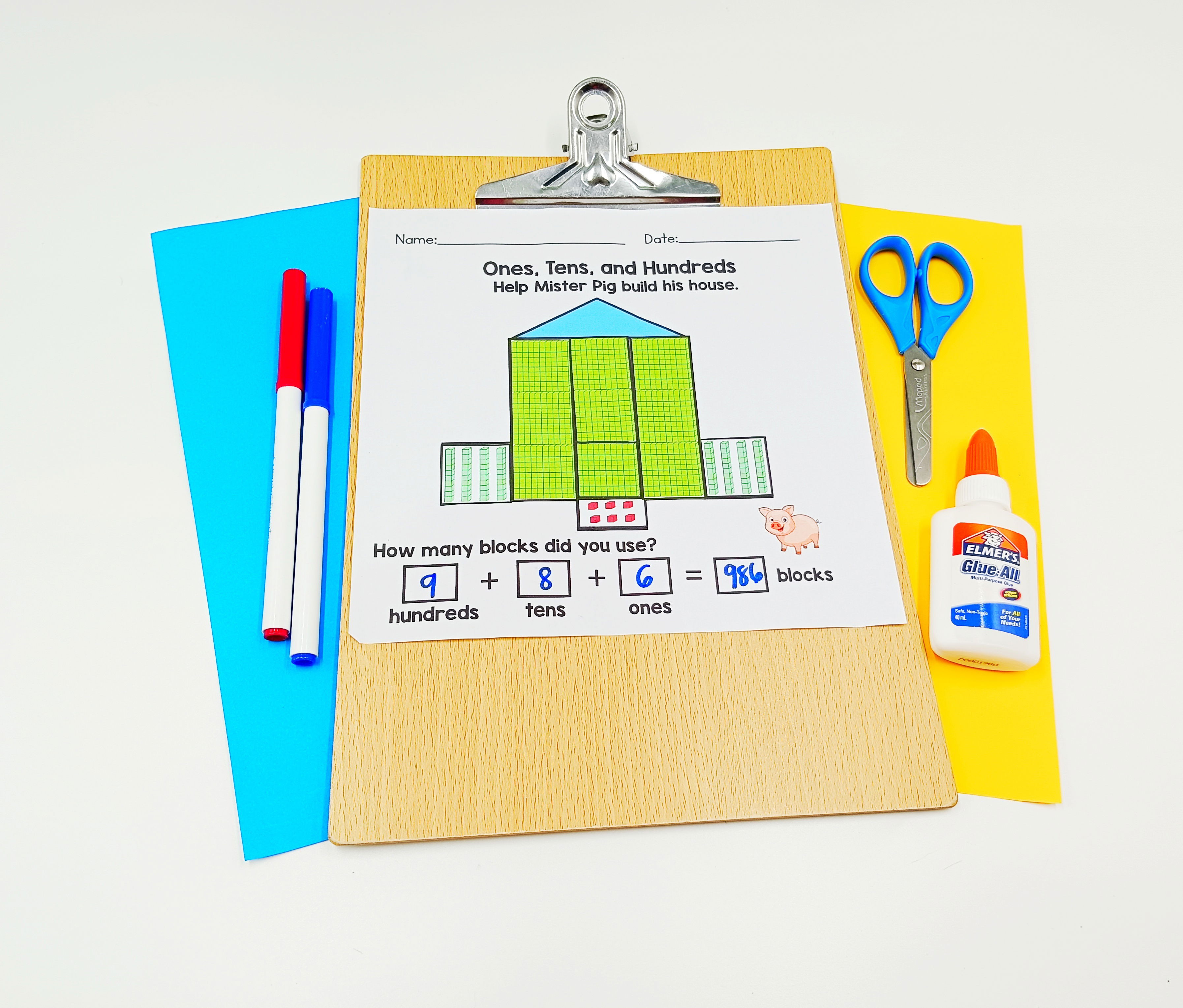
d. Composing and Decomposing Numbers: Use blocks to compose numbers and decompose them back.
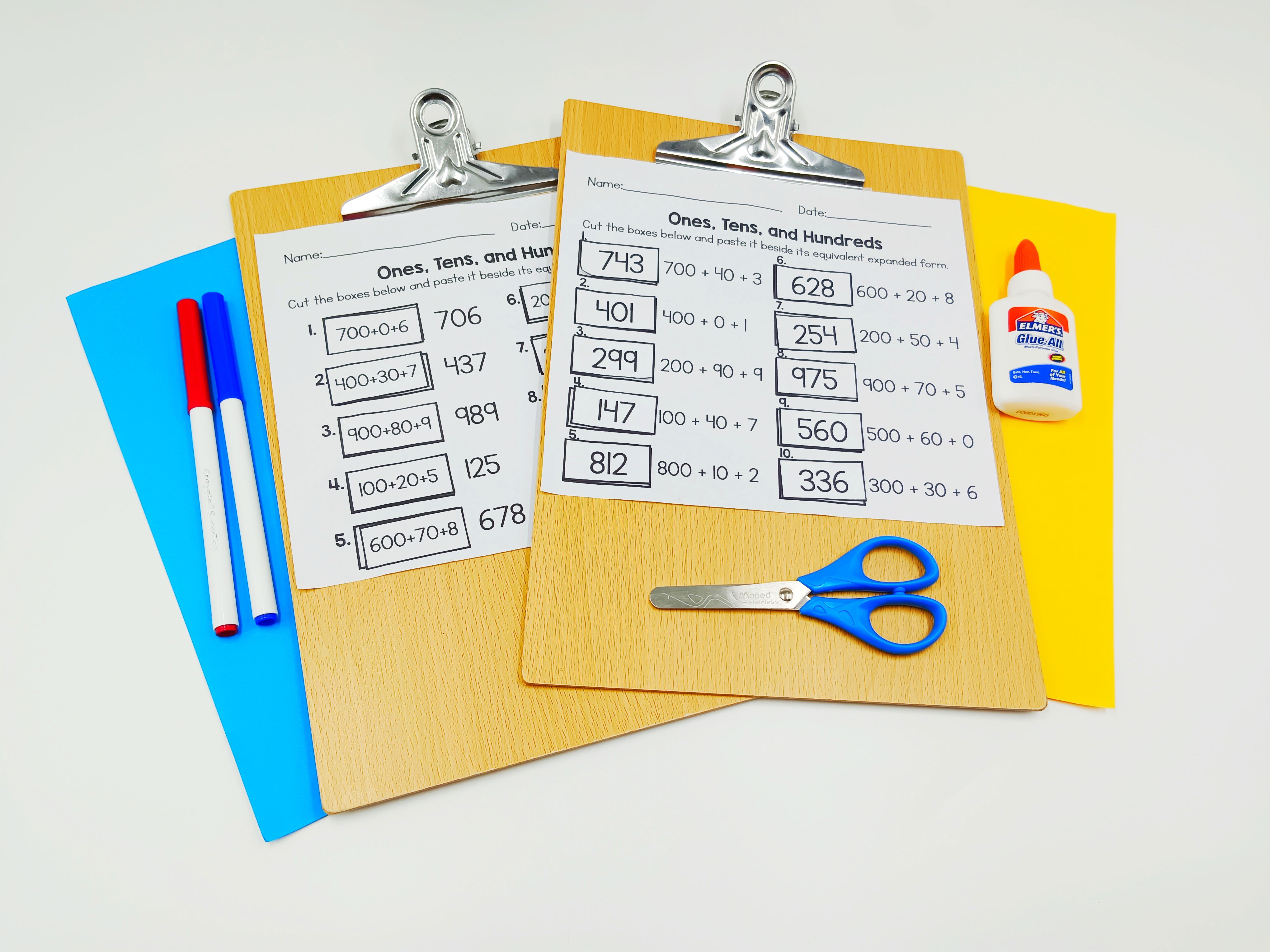
e. Place Value Matching: Match ones, tens, and hundreds to their respective numbers.
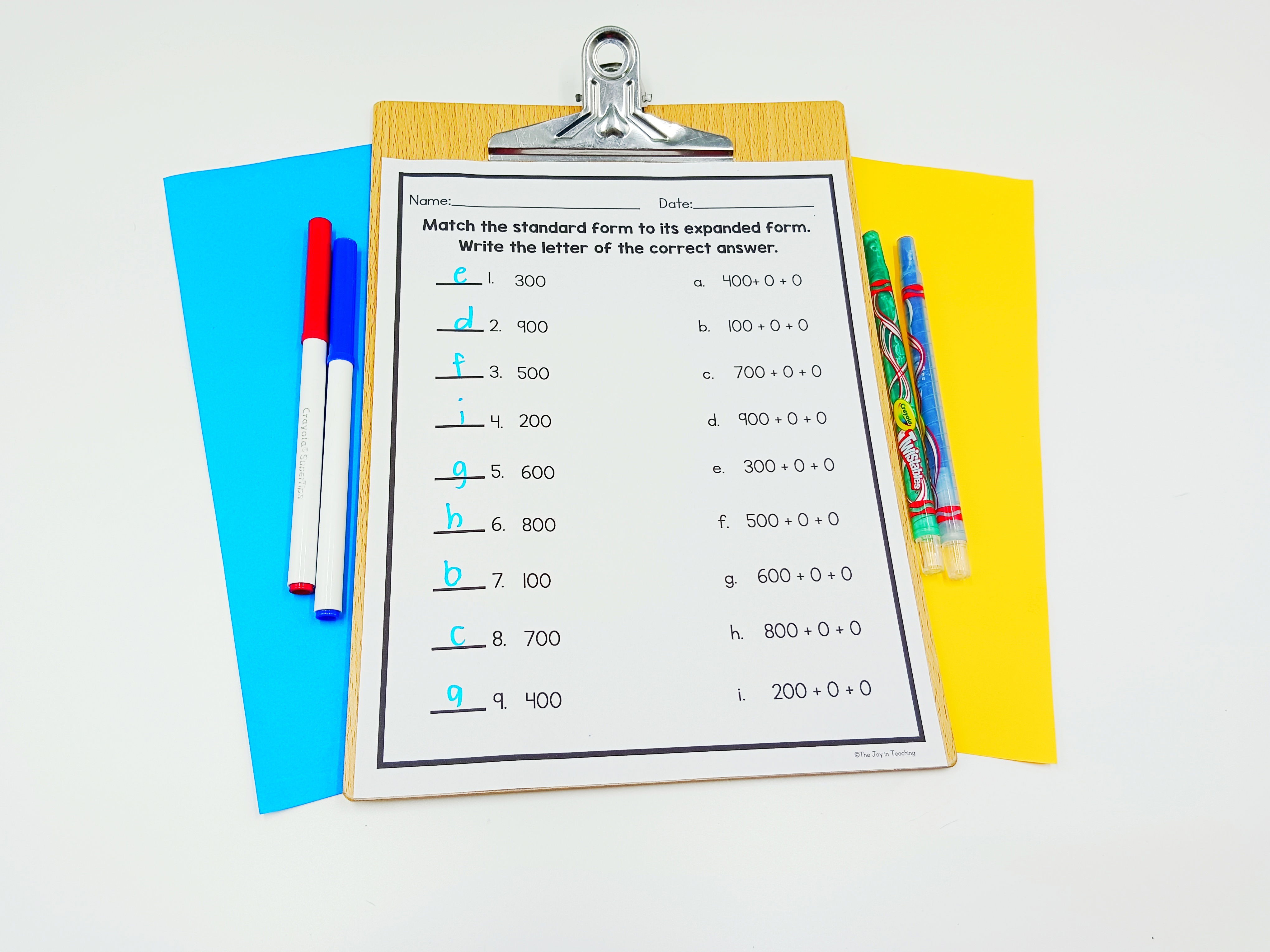
f. Standard and Expanded Form: Convert numbers between standard and expanded forms.
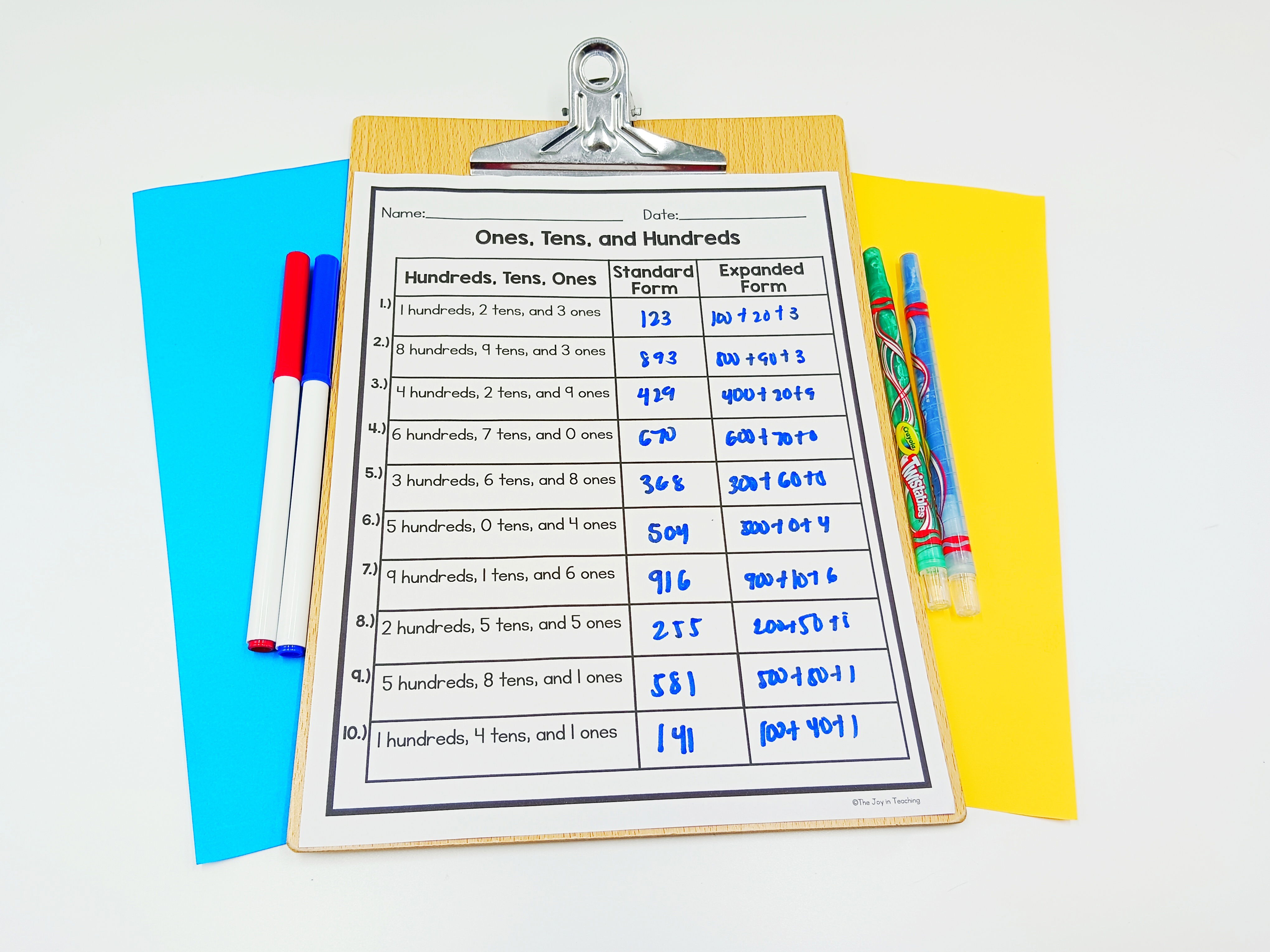
g. Comparing Place Value
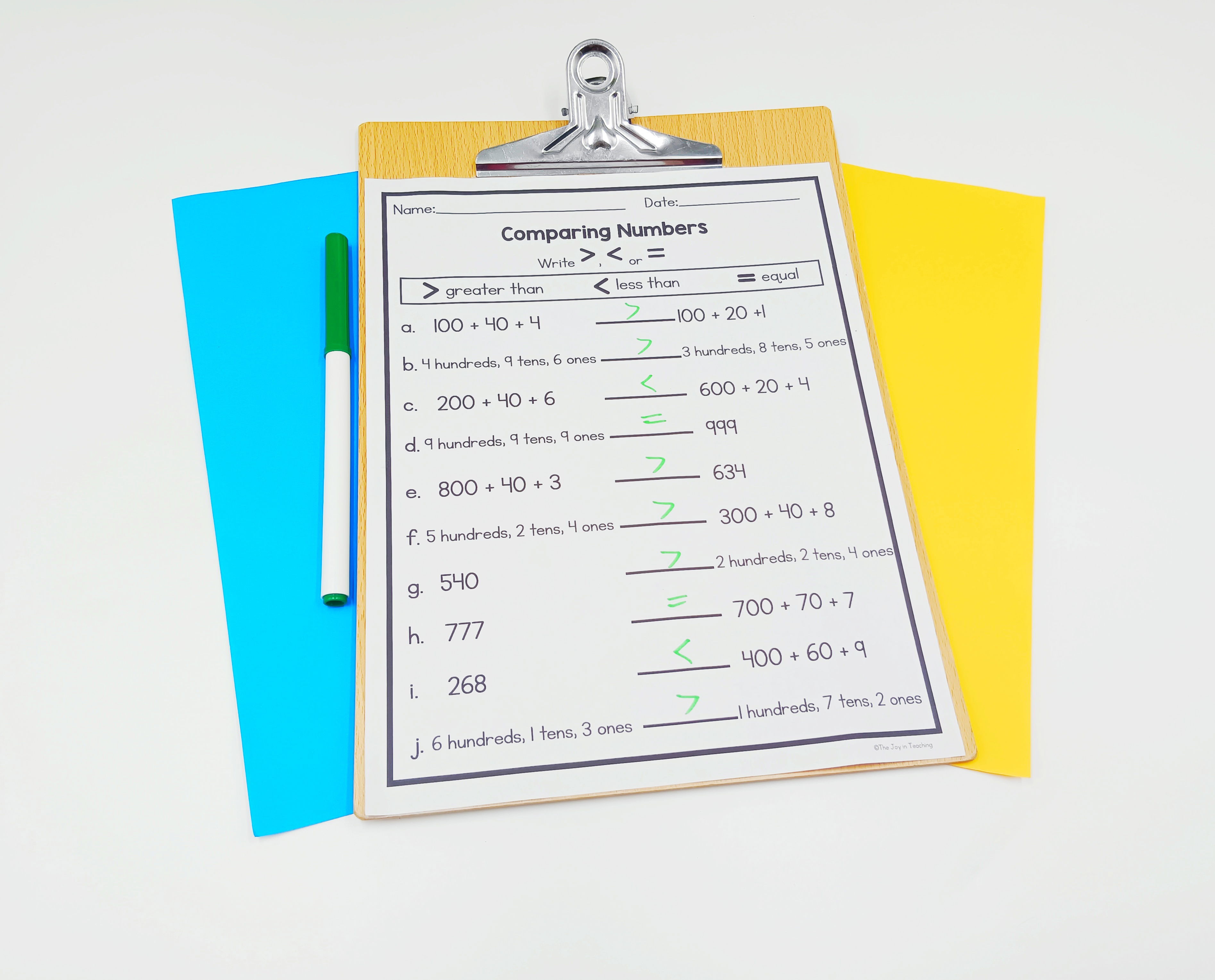
h. Assessments Regular assessments ensure they're on track. Use simple quizzes and practical tests like "What's My Place?" and "What's My Value?" activities.

3. Tracing and Writing Fine motor skills meet number sense in this category. Tracing and writing numbers help kids memorize and understand them better. Repetition is the key to mastery.
a. Tracing Sheets Provide sheets where kids trace numbers. This helps in recognizing the symbols and learning to write them.

b. Number Words
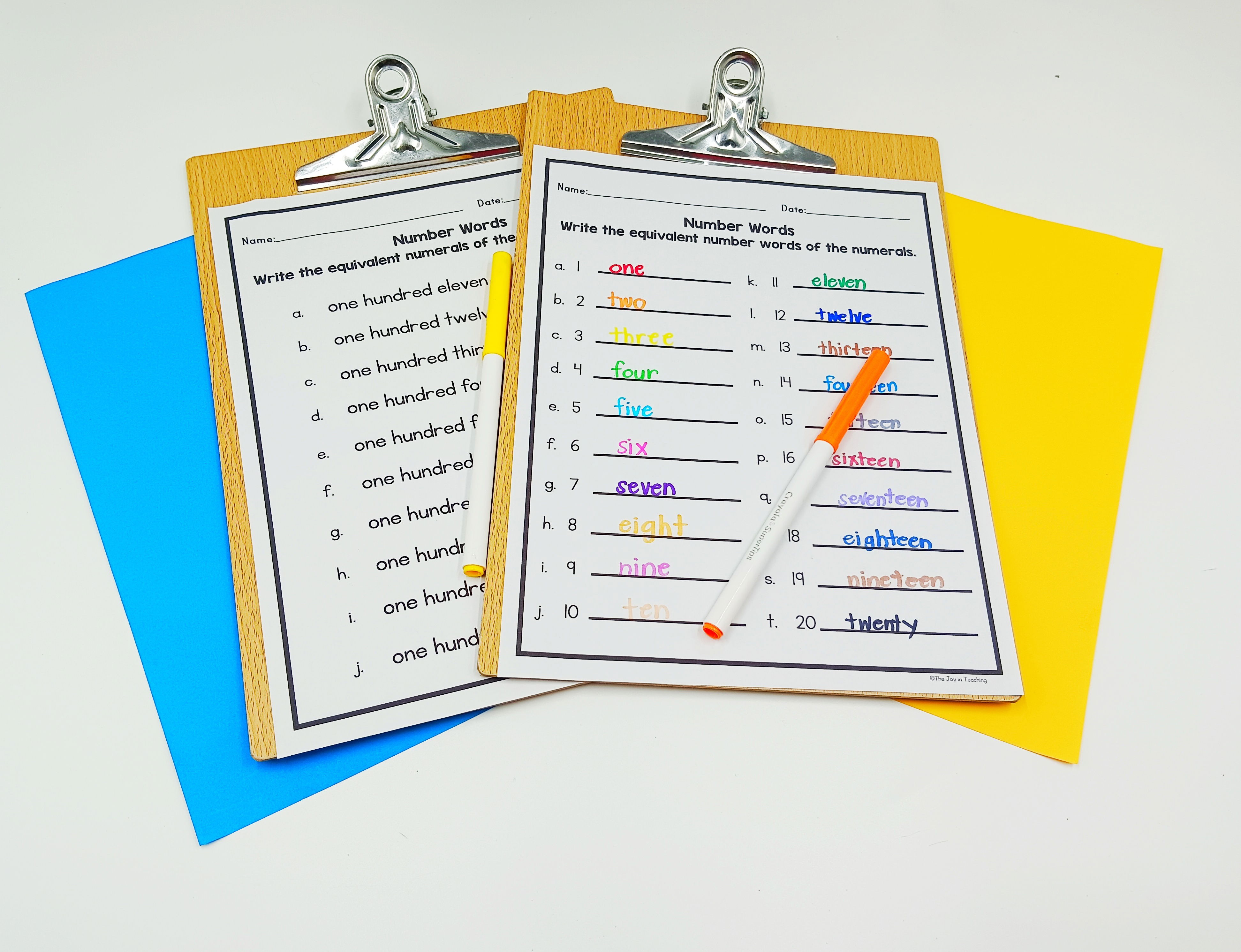
c. Black and White Options Offer black and white tracing options for versatility and to save on printer ink.
Center Activities:
1. Making Math Fun Ten Frames Ten frames are fantastic for teaching counting, visualization, and number sense. Use them to fill in spaces and match numbers. It’s an excellent way to promote counting skills and visual recognition.
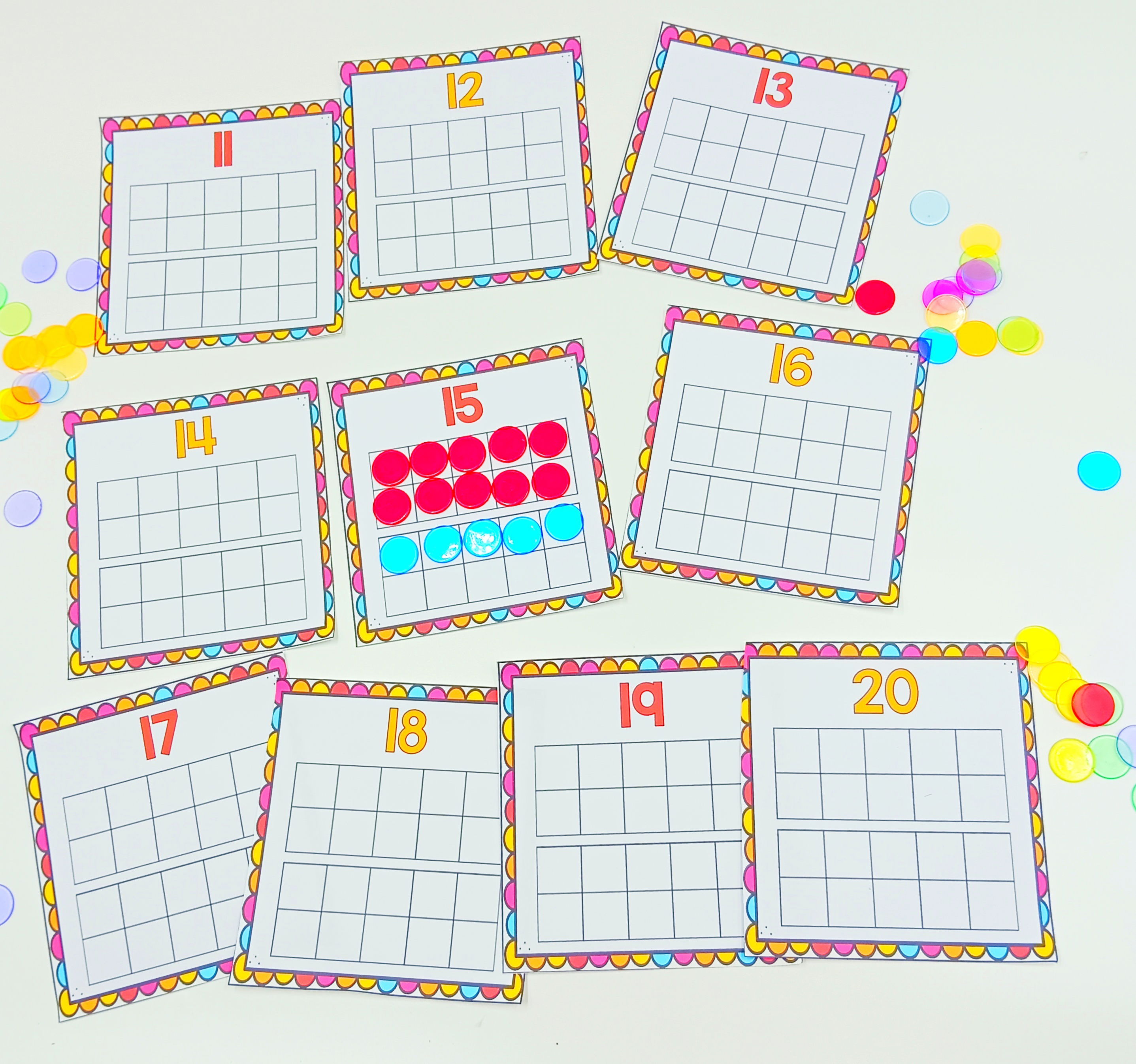
2. Number Line Task Cards Number line task cards are versatile tools for teaching numerical sequences. Whether at home or school, these cards help reinforce the order of numbers and the concept of sequences.
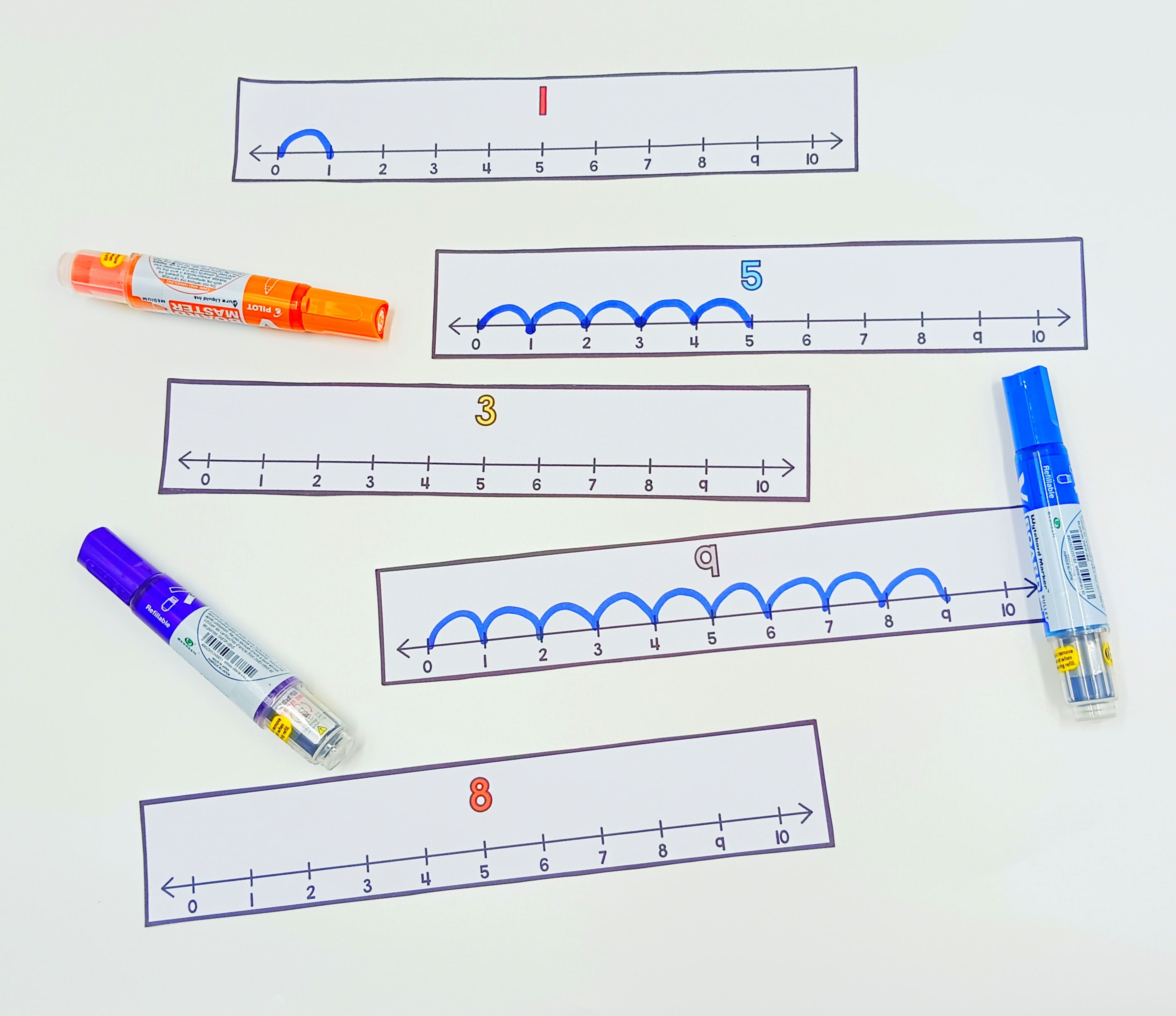
3. Comparing Numbers Comparing numbers is a fun activity, especially with themed task cards. Use greater than, less than, and equal signs to compare numbers. This helps kids develop a strong sense of numerical relationships.
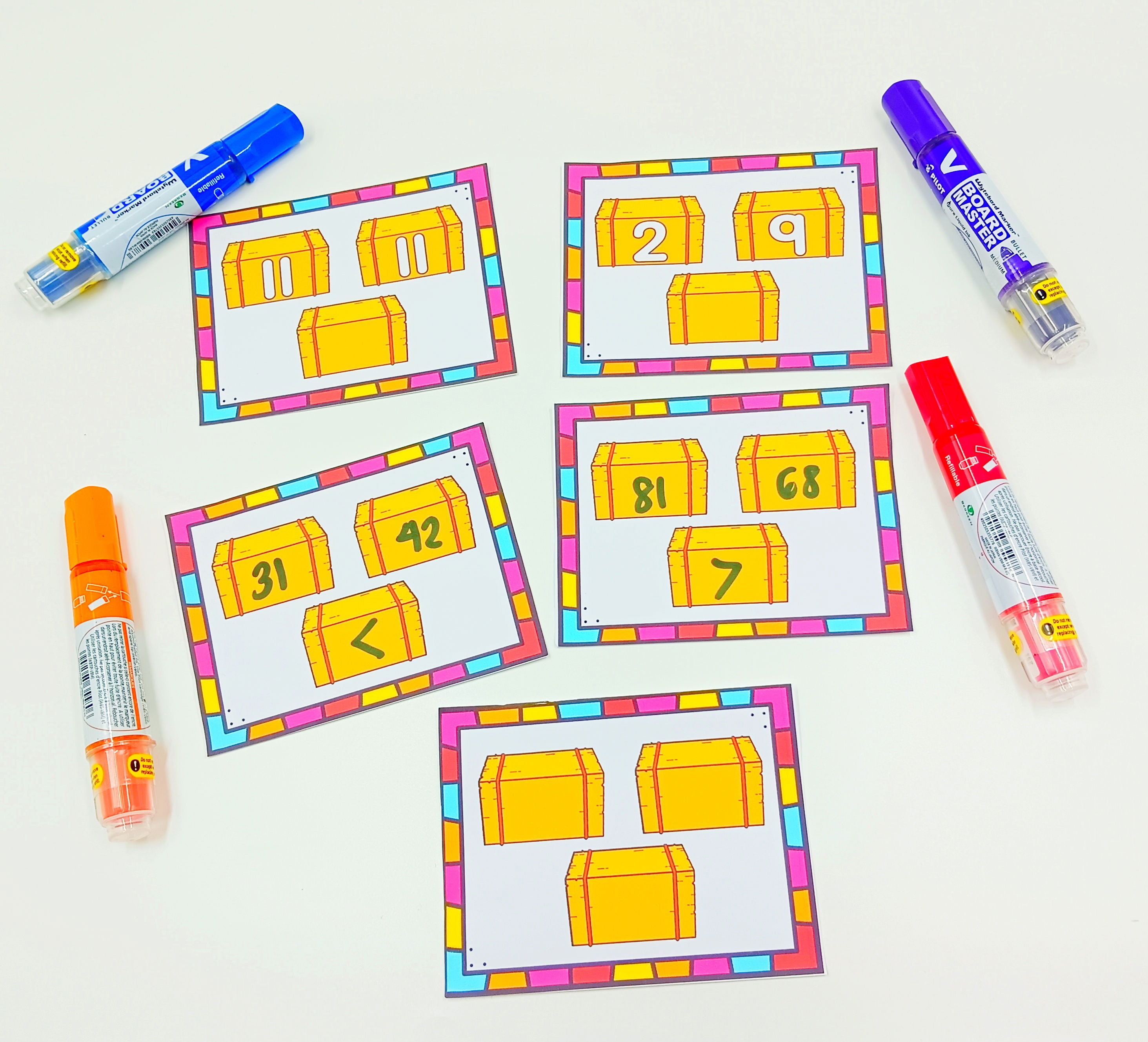
4. Hand Counting Flashcards Transform hand counting into an interactive experience with flashcards that show hand illustrations for each number. This tactile method reinforces counting skills and visual recognition.
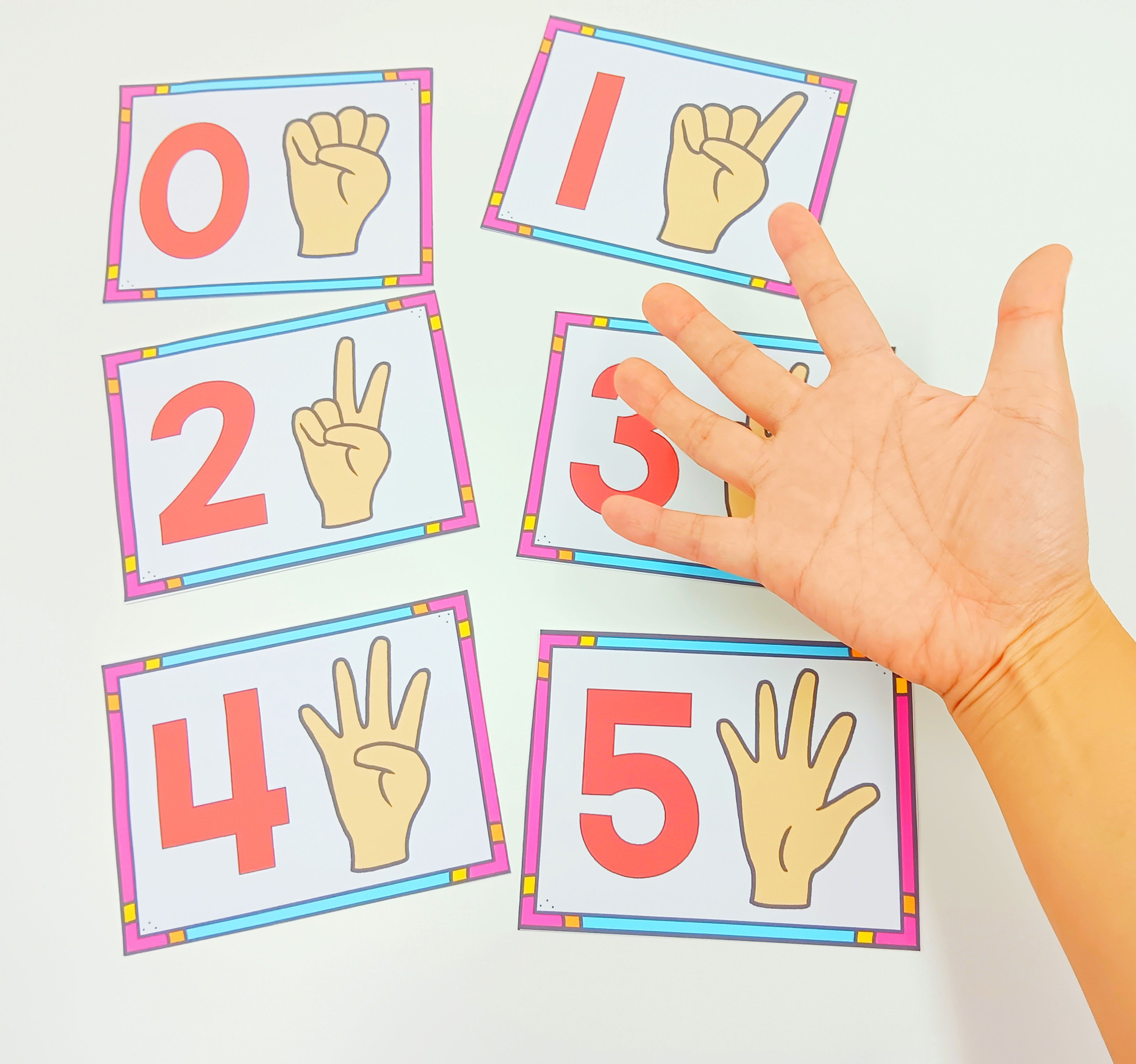
5. Number Bonds Number bonds are a great way to explore addition and subtraction. Use task cards that present unique number pairs adding up to a specific sum between 1 and 20. This hands-on approach deepens their understanding of number relationships.
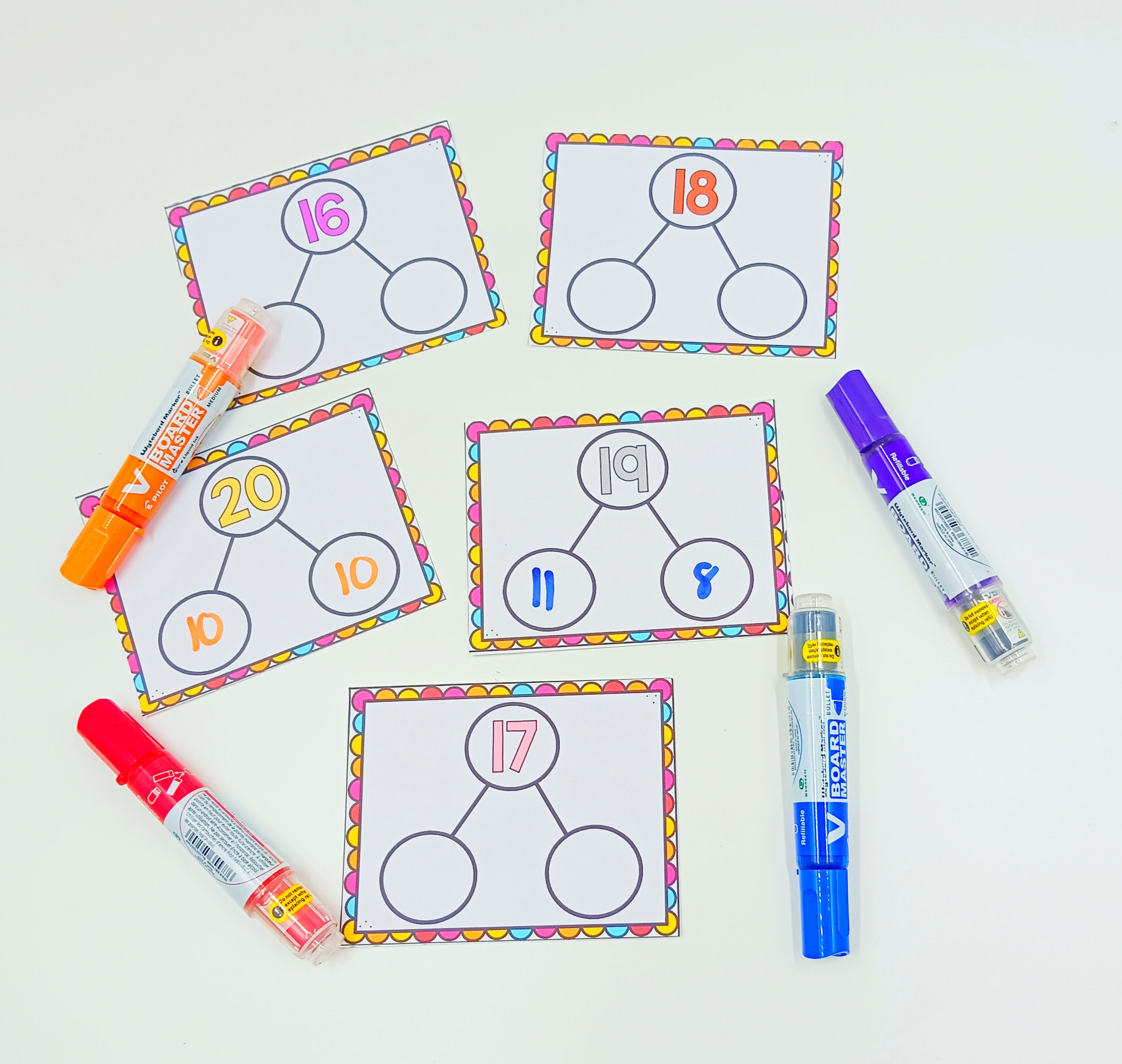
6. Number Blocks Flashcards Number blocks flashcards combine numbers with colorful visual representations. These flashcards are perfect for establishing a strong numerical foundation.
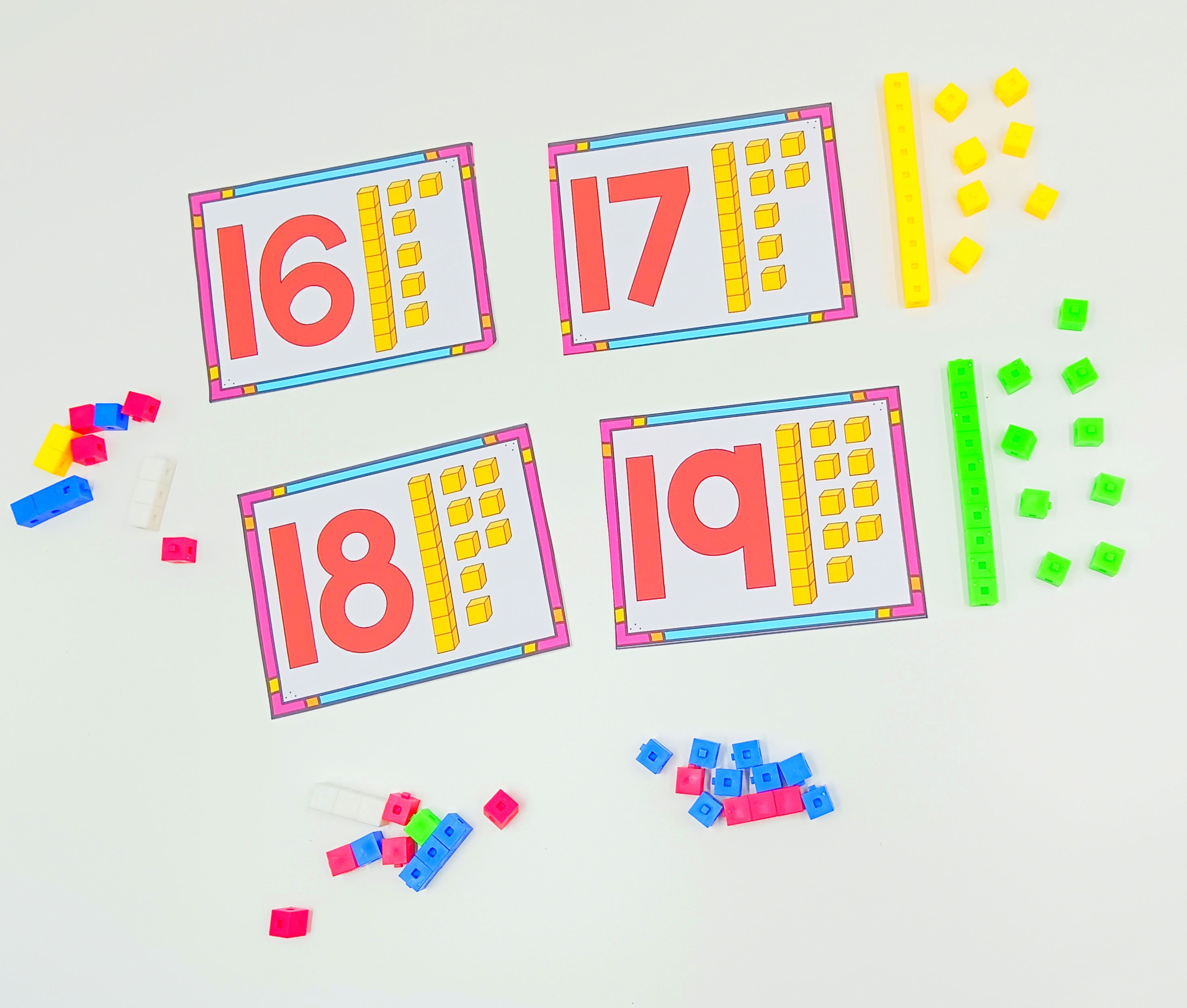
Tips and Tricks for Teaching Number Sense Here are some practical tips and tricks to help you along the way:
- Incorporate Daily Counting: Make counting a part of your daily routine. Count steps, snacks, toys, and more.
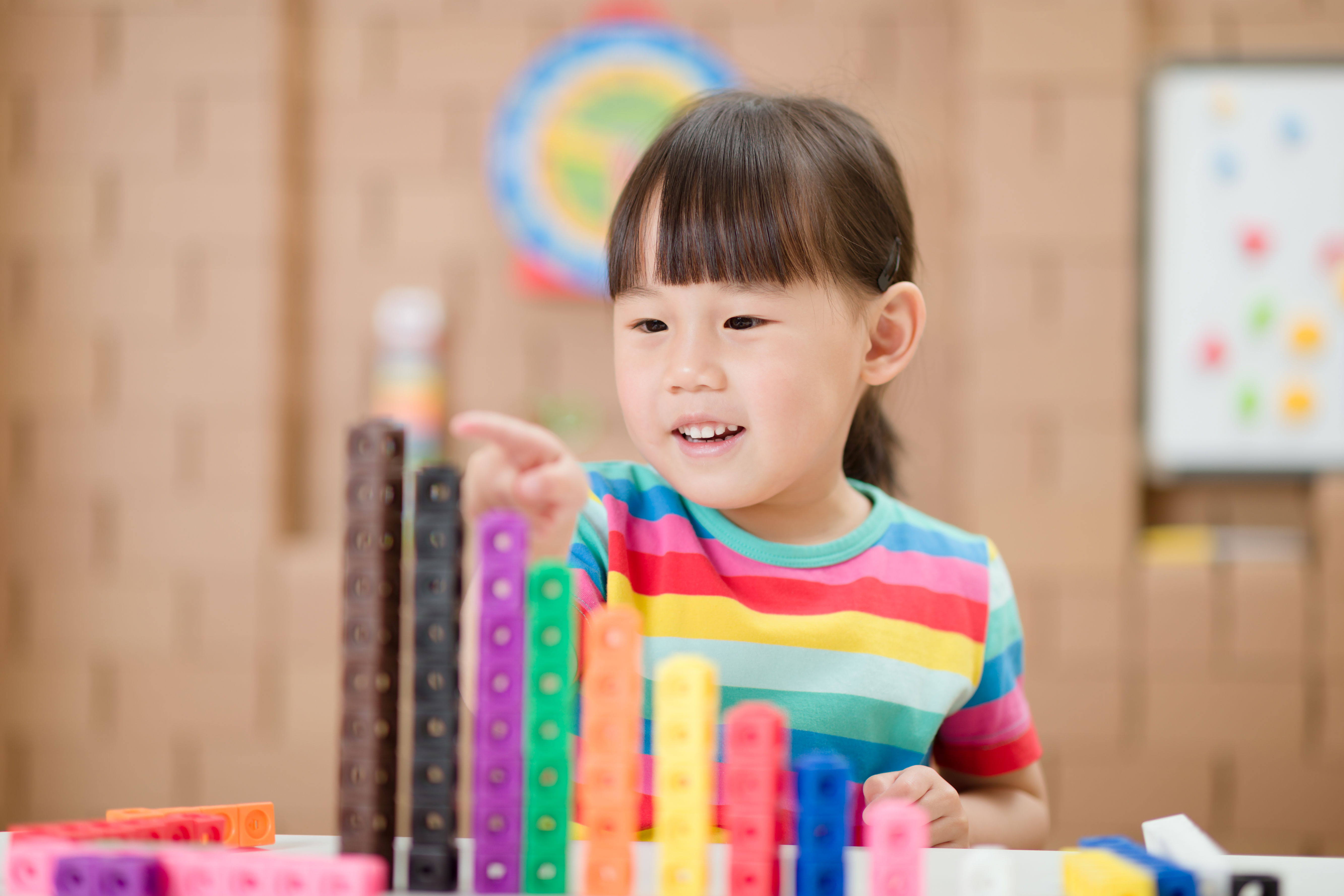
2. Use Real-life Examples: Incorporate numbers into real-life scenarios like grocery shopping or cooking.

3. Play Number Games: Use board games, card games, and online games that involve counting and number recognition.
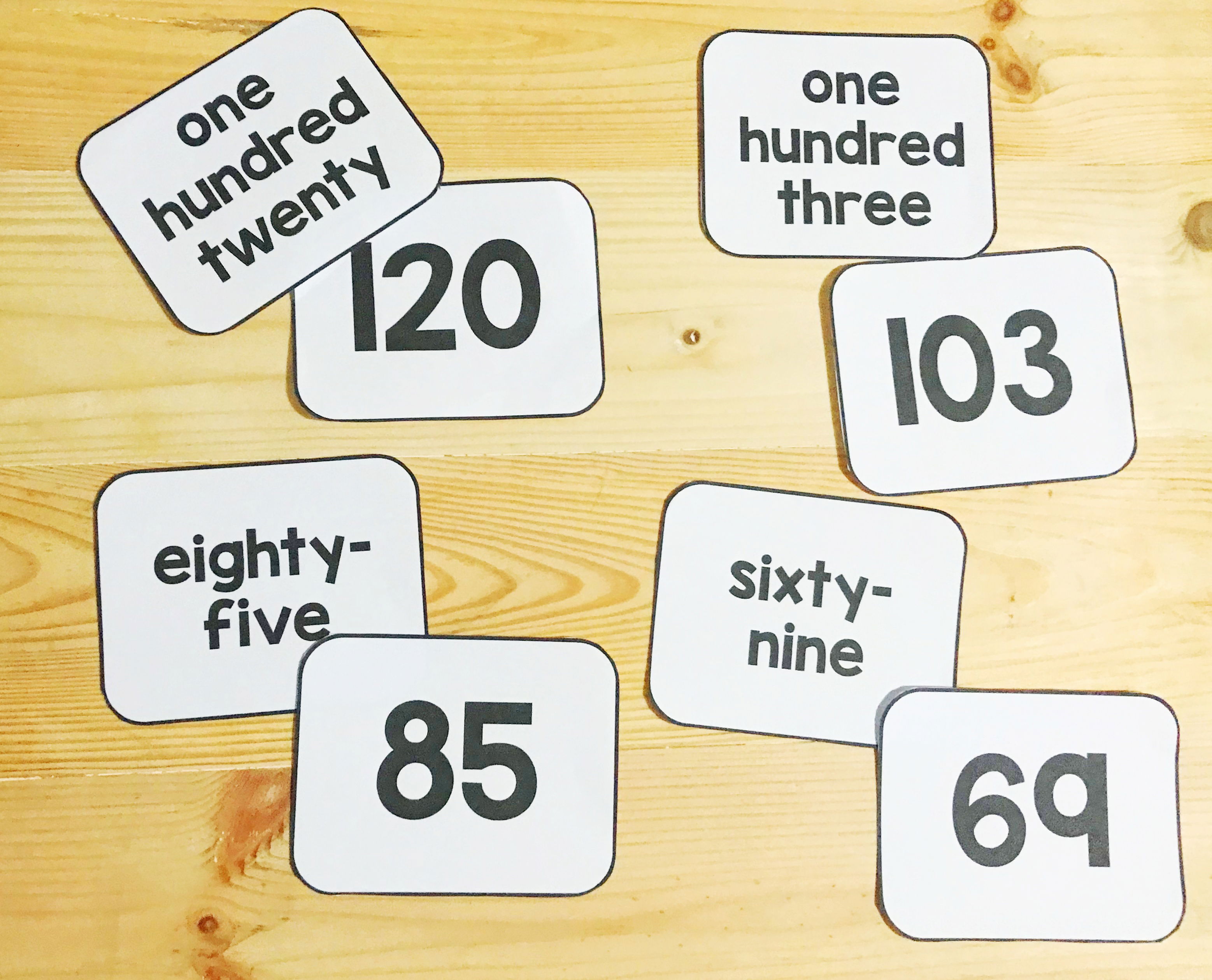
4. Create a Number-rich Environment: Label objects around the house or classroom with numbers to reinforce their presence.
5. Encourage Group Activities: Learning in groups can be fun and motivating. Group counting games or activities can make learning more engaging.
6. Celebrate Achievements: Celebrate small milestones to keep the enthusiasm high. A little praise goes a long way!
Activities to Do at Home and School Home Activities
- Cooking Together: Measure ingredients and count items during cooking sessions.

- Counting Walks: Go on walks and count different objects like cars, trees, or birds.

- Number Hunts: Hide numbers around the house and have a scavenger hunt.
School Activities
- Interactive Bulletin Boards: Use bulletin boards for number-related activities and displays.
- Math Centers: Set up different math centers focused on various number sense activities.
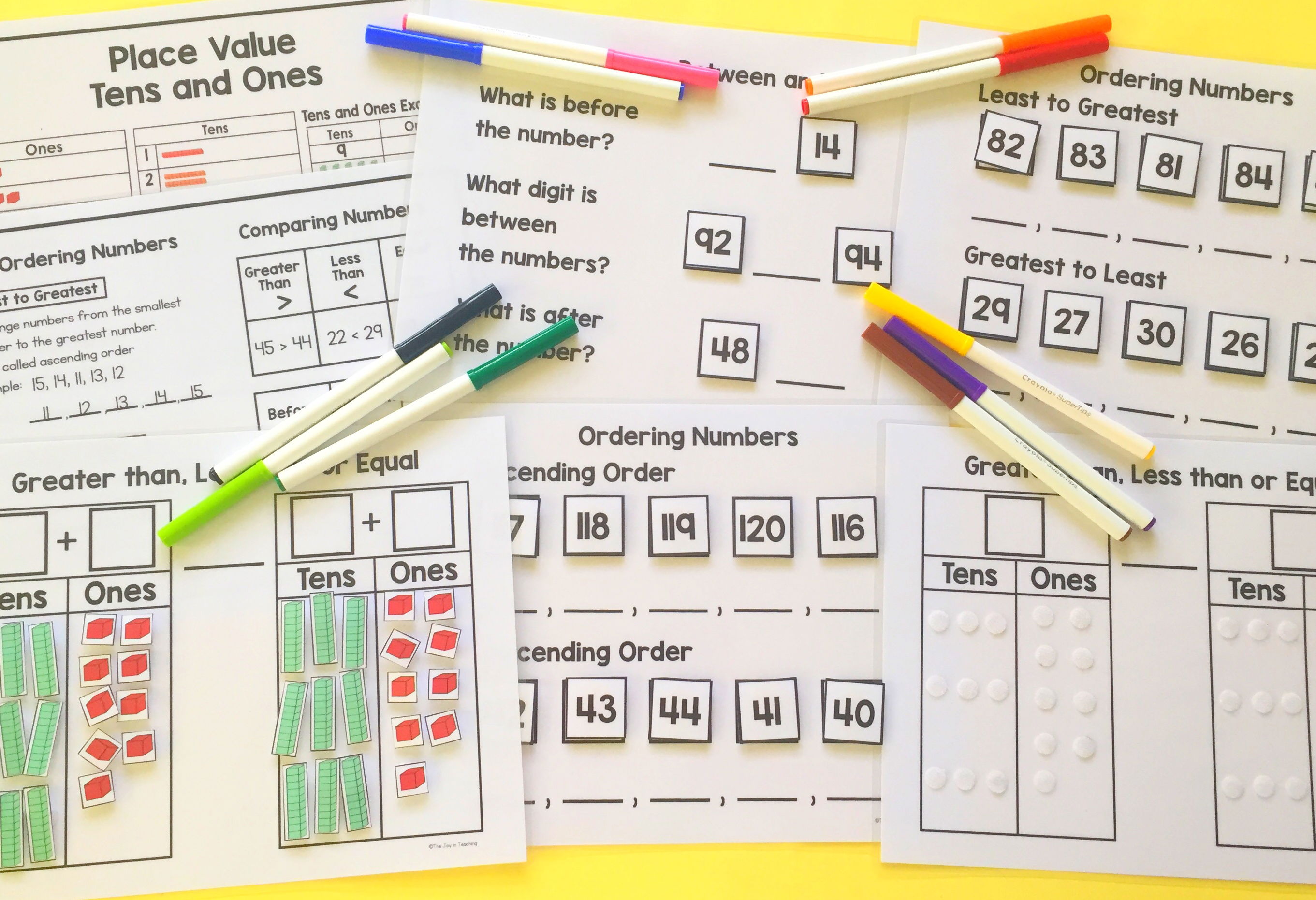
- Group Projects: Assign group projects where students create posters or presentations about numbers.
- Math Journals: Encourage students to keep a math journal where they write about their daily math experiences.
Conclusion Teaching number sense doesn't have to be a dull chore. With the right activities and a sprinkle of creativity, you can make learning numbers from 1 to 120 a delightful adventure. Whether you're a teacher guiding a classroom or a parent supporting your child's learning journey, these tips, tricks, and activities will help you build a strong foundation in number sense. Remember, the key is to keep it fun, interactive, and engaging. Happy teaching!
Follow Me for More Teaching Tips with Joy For more tips, resources, and a daily dose of teaching joy, follow me on:
Got questions or want to share your success stories? Drop me an email at thejoyinteaching@gmail.com. I love hearing from fellow educators and parents! Happy Teaching!
Joy Medalla
The Joy in Teaching 💛